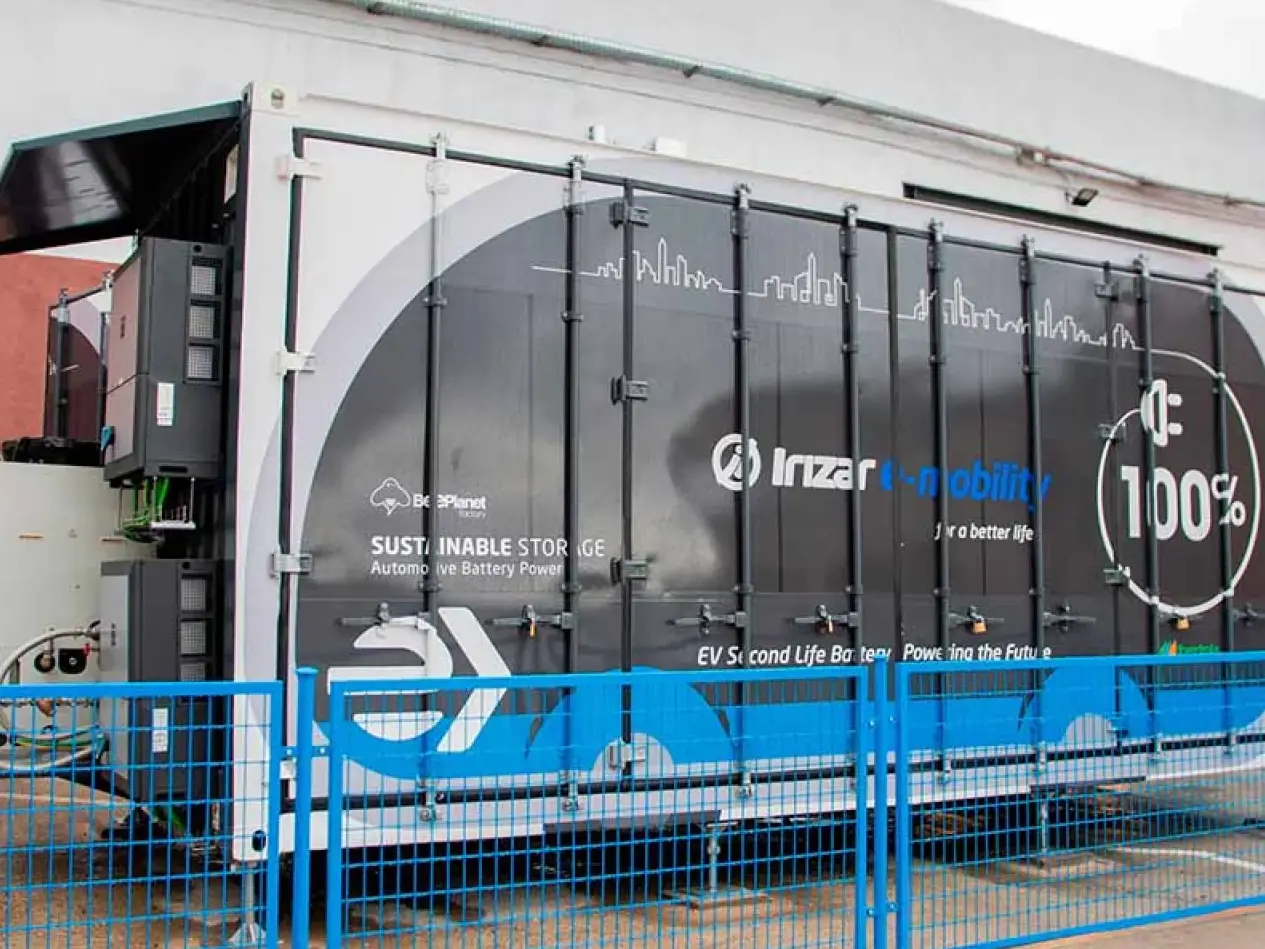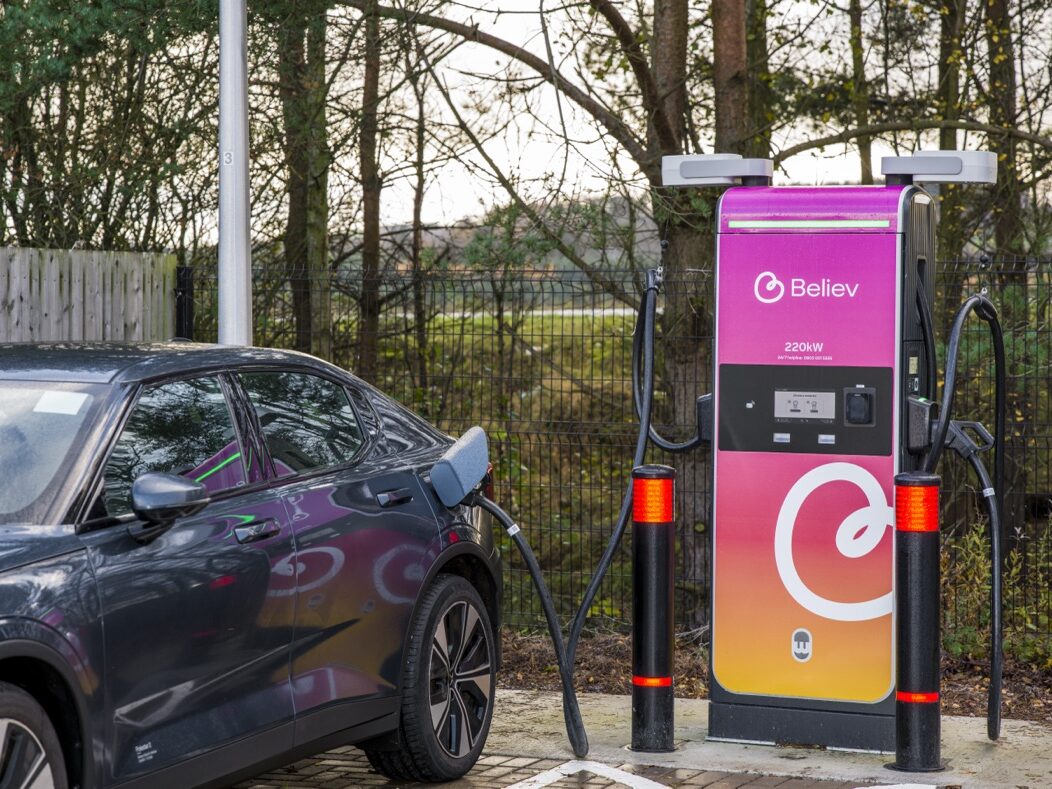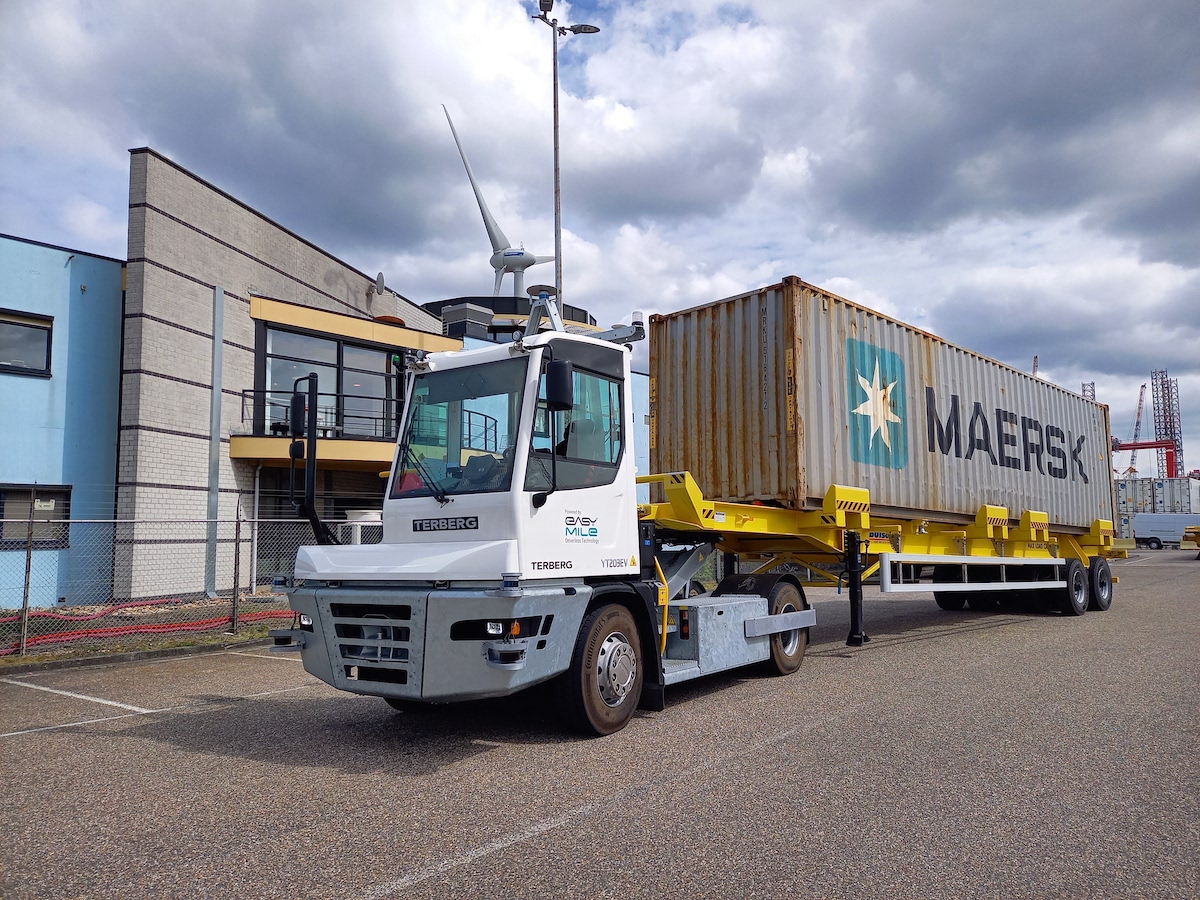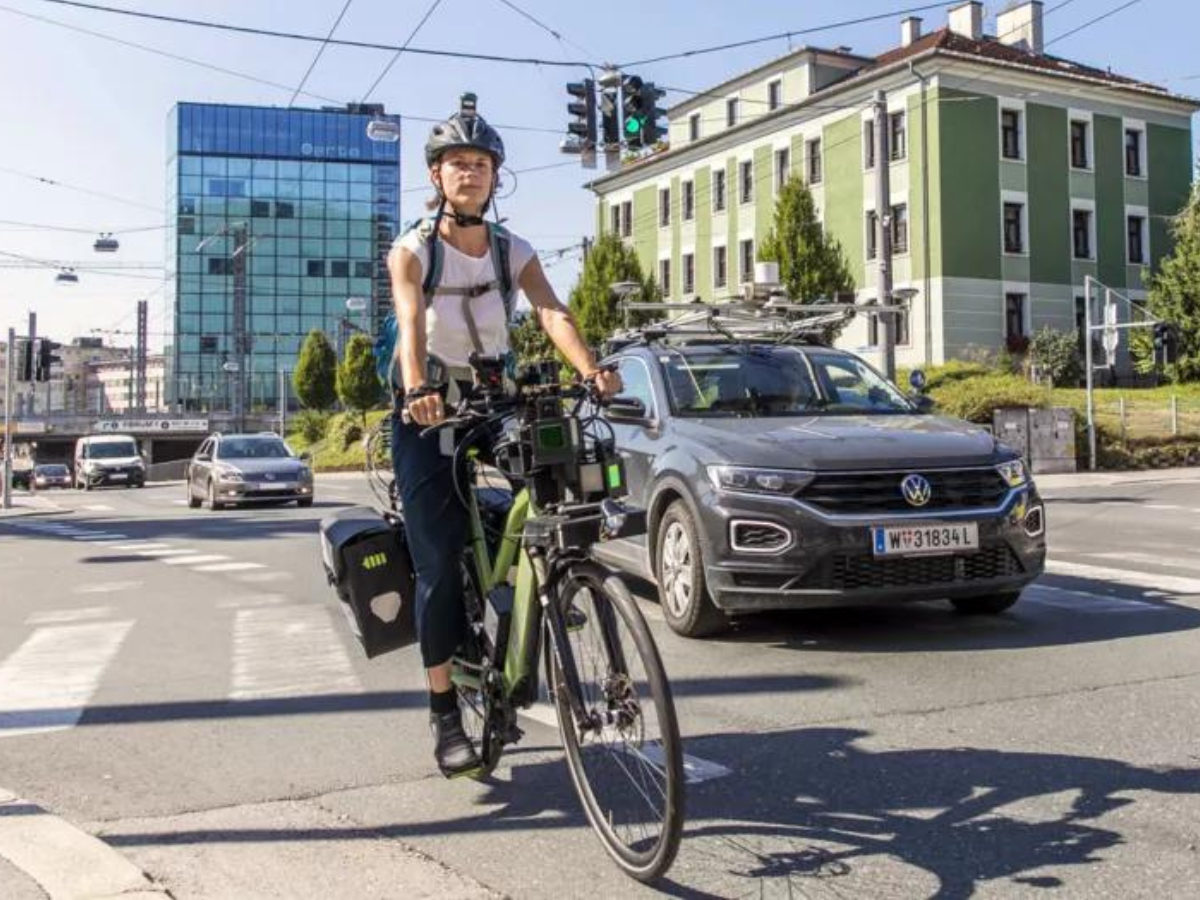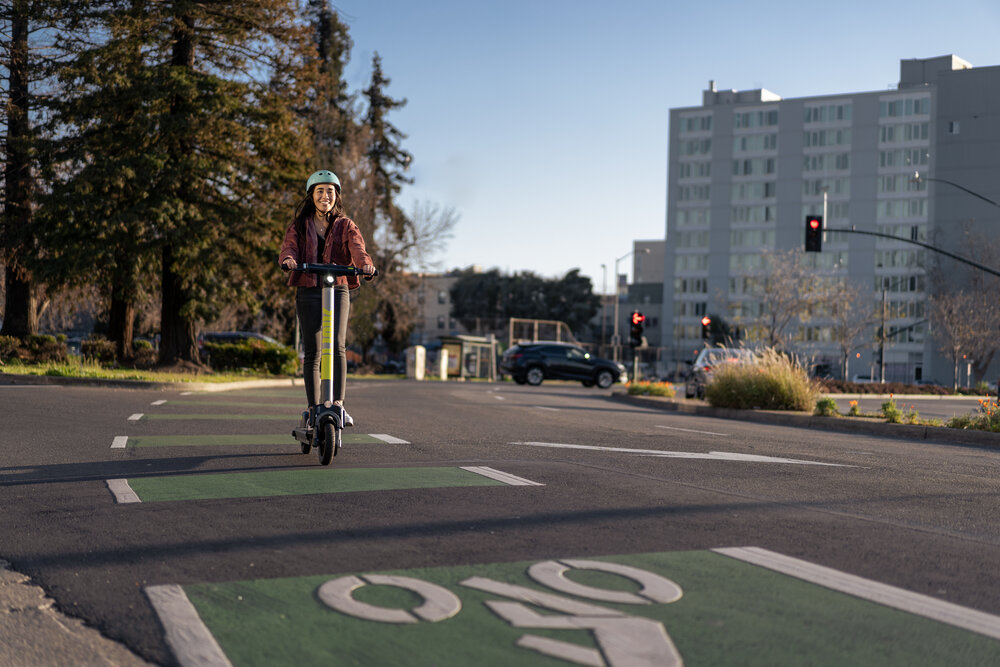Driver monitoring systems (DMS) that observe factors such as eyelid movements, gaze, heart rate and ECG can significantly improve road safety by accurately detecting a driver’s state and deterring them from driving in an unfit condition.
For example, Optalert has developed a system that quantifies drowsiness through real-time measurements of eyelid movements. This solution identifies the driver’s state on the Johns Drowsiness Scale (JDS) to offer a neurological biomarker that predicts early signs of drowsiness and determines when a driver may be too tired to safely drive.
To leverage the benefits of such technology, the EU’s General Safety Regulation (GSR) is mandating the use of in-cabin sensors to detect drowsiness and distraction in new automotive vehicles. This legislation is consequently spurring ongoing innovation in the industry, leading to significant advancements in sensors that can enhance safety on the roads.
Indeed, the current and upcoming range of driver-monitoring technologies and the additional use cases and challenges that surround their deployment were explored in detail at InCabin Brussels, which took place at Autoworld from 20–22 June.
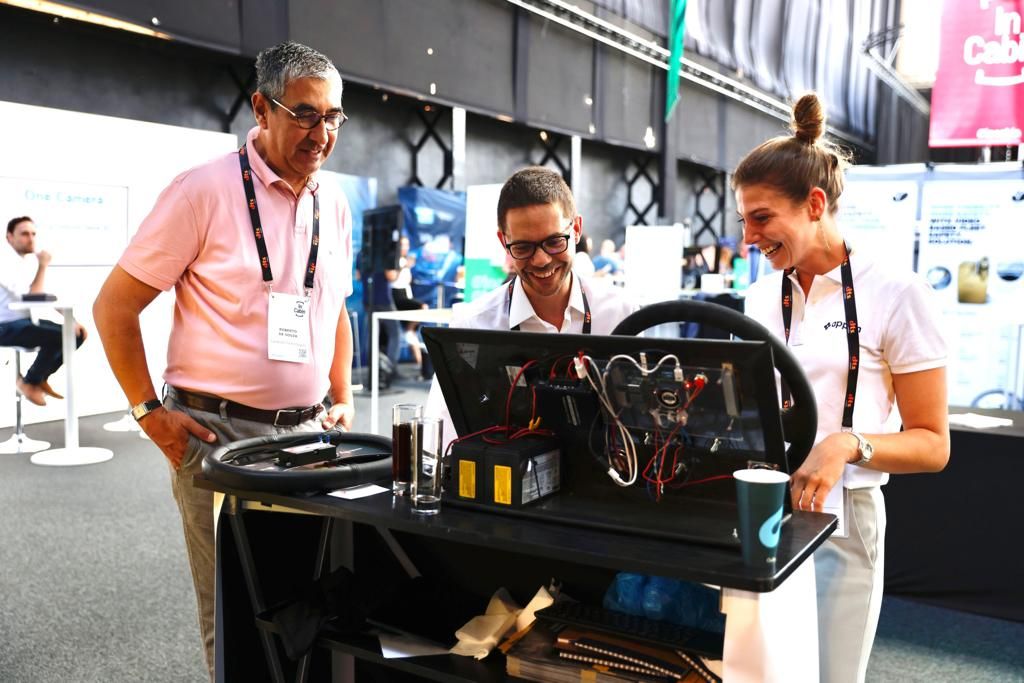
To name but a few, the solutions showcased at the InCabin event included CardioID’s steering wheel, which determines a driver’s identity and state using electrocardiographic signals (ECG); Cipia’s Driver Sense software, which uses AI to track a driver’s head pose, gaze and position to determine if they are drowsy or distracted; and Melexis’ time-of-flight (ToF) sensors, which monitor the driver’s biomechanical and cognitive states through hands-on-wheel detection, eye gaze, head pose and body pose.
Human Factors in the Design of Driver Monitoring Systems
Despite the impressive capabilities of these sensors, a recurring theme throughout the event was that ultimately, these systems are only as useful as the results they deliver, and are thus dependent on effective warning systems and interventions that can eliminate unsafe driving.
Although their presence in the vehicle may tick a box as a required feature on a new car, human factors should also be heavily considered to ensure the systems are designed to actively improve safety.

Dr Peter Burns, Chief of Human Factors and Crash Avoidance Research at Transport Canada said:Human factors is a multi-disciplinary science that applies knowledge of human abilities and limitations to design, evaluation and technology. So the objectives are our safety and through performance usability, as well as better interaction design.
In recognition of the need to consider human factors when designing driver monitoring systems, Dr Peter Burns from Transport Canada spoke at InCabin Brussels on the need to ensure the frequency and severity of the warnings produced by these systems deliver the required effect.
He argued that a drastic response risks irritating the driver and negatively impacting their driving, especially in the case of false alarms. Meanwhile, a single, subtle visual warning may not capture the driver’s attention or prompt response.
Burns consequently advocated for an escalated approach to the detection of distractibility or drowsiness, where the car may at first present a visual/audio signal before adding in varying levels of haptics, such as seat vibrations.
Driver Monitoring for Automated Driving Systems
Ensuring the effectiveness of driver monitoring systems remains equally, if not more relevant for vehicles using Level 2 and Level 3 driving assistance. Indeed, several studies from the University of Leeds have shown that drivers look away from the central roadway significantly more when SAE Level 2 is engaged. In turn, this reduced engagement results in a slower resumption of control after a takeover request.
Effective driver monitoring systems are thus crucial to ensuring advanced driver assistance systems (ADAS) are safely deployed. For example, Ford’s BlueCruise system, which recently became the first of its kind to be approved for use on British motorways, uses infrared camera technology to continually check driver attentiveness. If the system detects inattention, warning messages are displayed, followed by audible alerts, brake activations and the slowing of the vehicle.
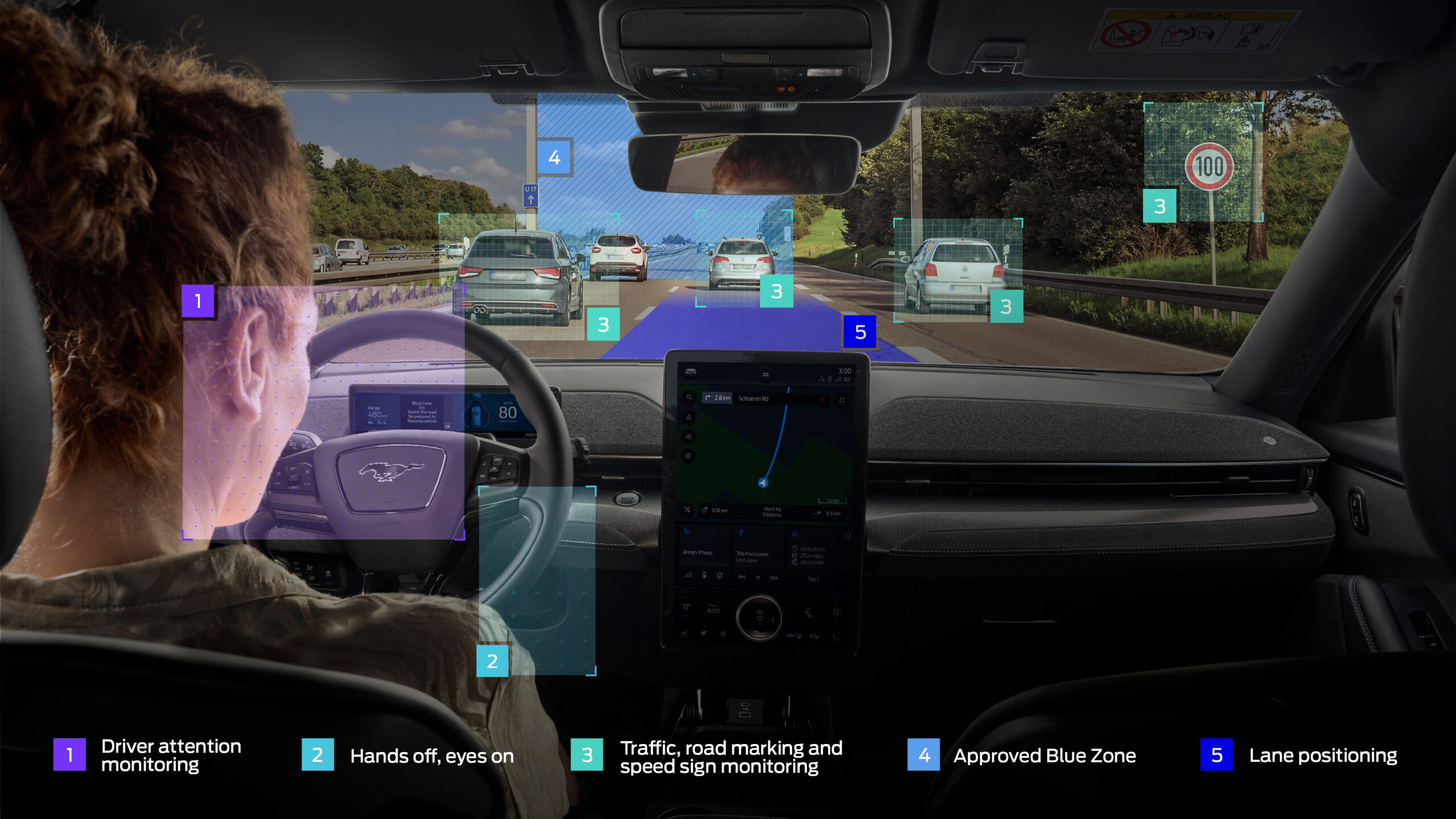
However, in Level 3 applications, the driver is permitted to engage in other activities and their attention to the road thus cannot be monitored in such a way. This higher level of automation consequently further decreases the driver’s “readiness” to efficiently take back control of the vehicle when required.
To address these challenges, Professor Natasha Merat, Chair in Human Factors of Transport Systems at the Institute for Transport Studies, University of Leeds presented research at InCabin Brussels on how in-vehicle systems could be designed to improve driver response during higher levels of automated driving.
This research assessed how humans respond to different computer prompts when taking back control of the vehicle. For example, when redirecting the driver’s attention to the road ahead, ambient LED lighting above the windscreen proved to be more effective than audio alerts. In response to audio alerts, drivers in the study tended to initially direct their attention to the vehicle’s HMI display to identify the situation, rather than immediately looking at the situation on the road ahead.
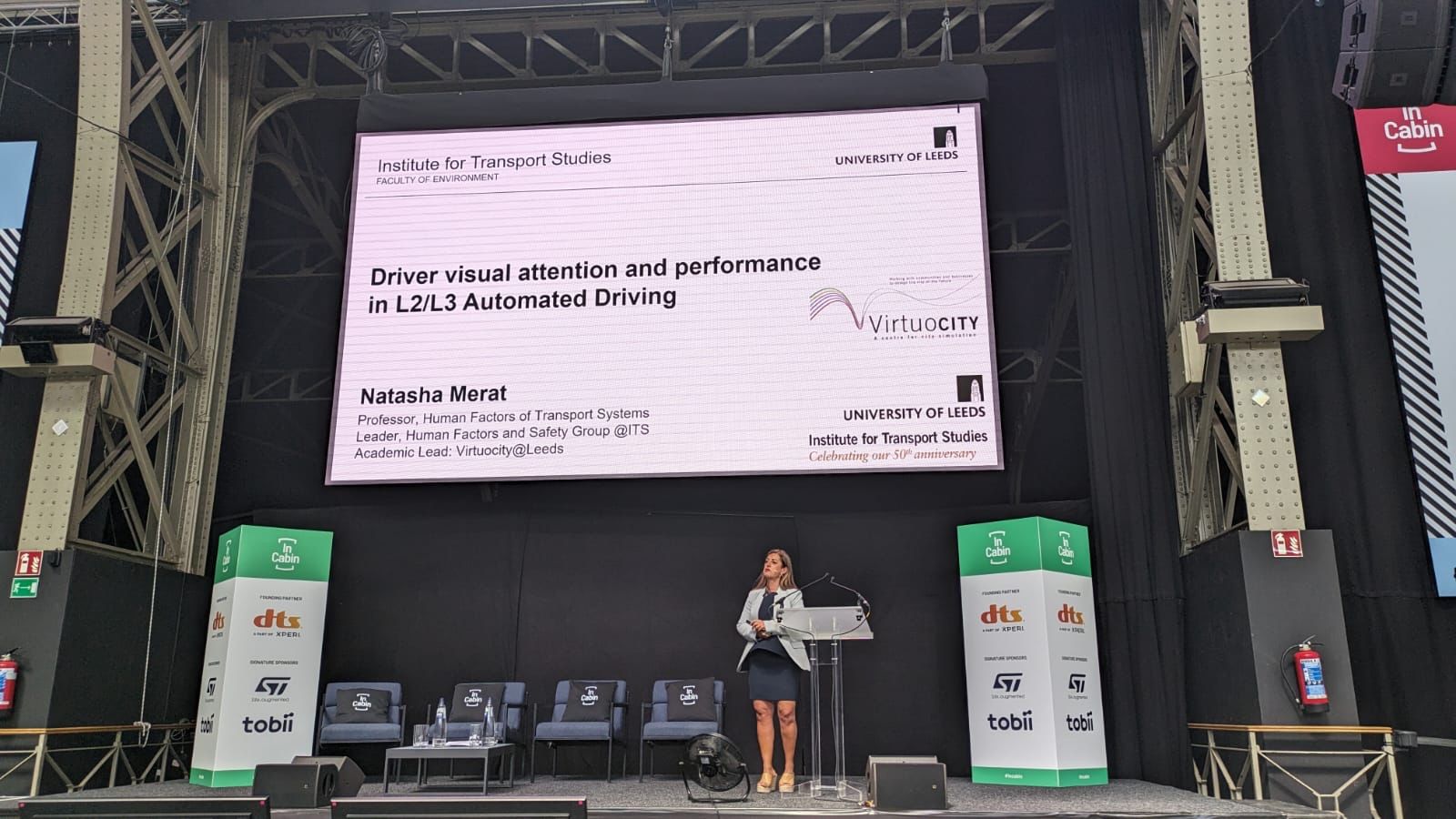
These research results can improve our understanding of how humans react to emerging technologies, and the findings should thus be used to design and deploy more effective systems that help optimise safety.
Non-Reversible States
The effectiveness of driver monitoring systems is also undoubtedly related to the specifics of the driver’s state and whether it is possible for the vehicle to correct any detected issues.
At InCabin Brussels, Adriano Palao, Technical Manager, ADAS & AD at Euro NCAP spoke of the need to distinguish between reversible and non-reversible states when detecting relevant factors.
He recognised that although visual and auditory warnings may sufficiently redirect a distracted driver’s attention to the road, they cannot actively provide a sleep-deprived driver with the rest they require, cure someone who suddenly falls ill or sober up an intoxicated driver.
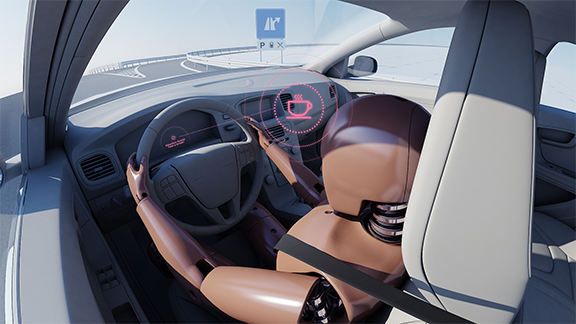
Consequently, if the car monitors someone having a heart attack while driving, its useful response would be to automatically slow the car and contact emergency services. Likewise, if the sensors determine that someone is impaired and not fit to drive, it is arguable that the car should prevent them from doing so.
However, during an InCabin panel discussion entitled Impairment Detection: An Ethical Debate, Tal Kryzpow, VP of Product & Strategy at Cipia; Fabiano Ruaro, Product Manager for Interior Monitoring Systems at Bosch; and Samantha Lee, CEO of Meili Technologies discussed why relevant regulation to leverage this potential is not yet on the horizon for all use cases, such as to prevent drunk driving.
Although preventing impaired drivers from risking lives on the road would indubitably be beneficial, the most significant area of concern in this application is the risk of false positives and the implications that an incorrect judgement could have on preventing mobility.
Currently, there are multiple ways that a car could detect high levels of alcohol consumption in the driver, including breathalysers, vision-based sensors and the analyses of sweat from fingers on the steering wheel.
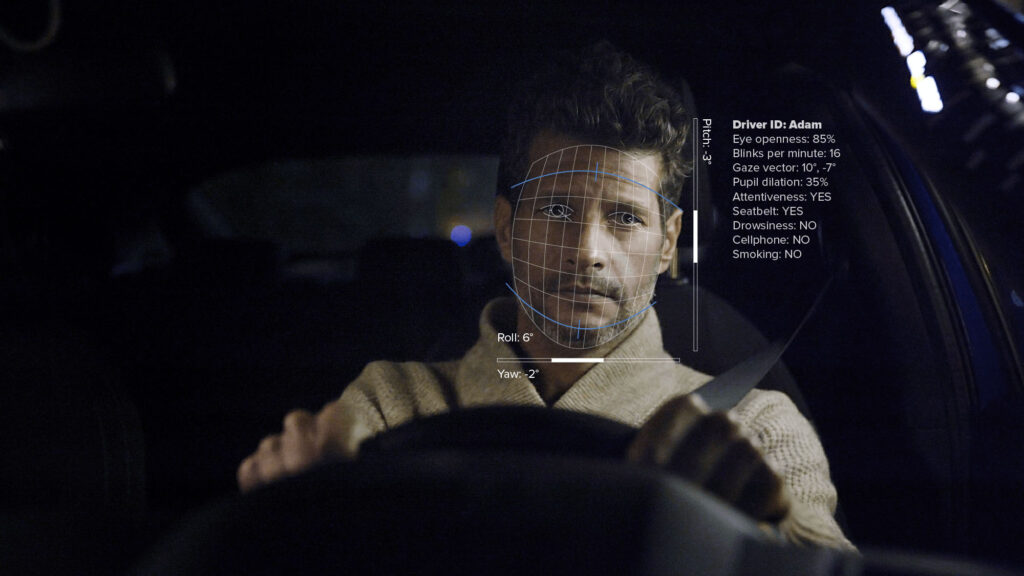
However, Tal Kryzpow, Cipia noted that these methods are all ultimately based on statistics, and with statistics, there are always cases that deviate from the standard norms. For example, Samantha Lee of Meili Technologies indicated that visual sensors may falsely identify someone with Tourette’s syndrome as being under the influence of alcohol or drugs despite them safely being able to drive. These potential false positives can then raise liability issues if a sober driver finds themselves stranded in a crucial situation, such as needing to drive someone to the hospital.
Furthermore, Fabiano Ruaro at Bosch argued that such concerns may also feasibly arise in situations where the driver is slightly over the limit but finds themselves in a potentially ethical position of wanting to drive. This could include examples such as needing to evacuate their family from a wildfire in California.
In response to such predicaments, it is arguable that impairment detection systems should be able to be overridden by the human driver. This potential then opens up design questions, such as whether a simple competency test should be implemented to do so or if parental notification and consent could be activated for young drivers using a parent’s car.
Samantha Lee, CEO of Meili Technologies said:I would love everyone to use contextual integrity and give some control to the driver to make that choice. I talked about drivers being able to trust the vehicle to some extent for a functioning society, but people need to be able to trust individuals as well. And obviously, there are situations where you can't do that, but to some extent, people do need to be able to operate autonomously. For instance, if they have a false positive of driving drunk while trying to take their wife to hospital, they need to be able to disengage that system.
Ideally, as the relevant technologies continue to advance, the potential for false positives will be further reduced and these associated issues will be overcome. Indeed, Ruaro anticipates that in the future, a fusion of sensors will be deployed to compensate for each of their strengths and weaknesses and produce a highly reliable system.
With regulation typically closely tied to the maturity of the technology, over time, vehicles may then be granted more power in their abilities to prevent impaired drivers from risking lives on the road.
In the meantime, as these developments continue, it is important not to discredit the existing progress and products available to the industry and their potential to save lives, whether by deterring a potentially fatigued or intoxicated driver from continuing their journey, redirecting a driver’s attention when they’re distracted, or bringing a car to a stop during a medical emergency.
InCabin Brussels was thus an ideal platform for exploring the future of these sensor-based systems and their potential to significantly improve safety on our roads.



